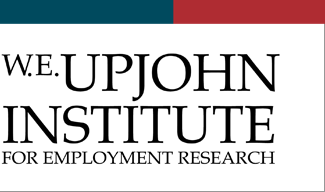Upjohn Author ORCID Identifier
Published Version
In Journal of Regional Science 61(1): 212–260
Issue Date
July 23, 2020
Sponsorship
This research was supported by the Russell Sage Foundation. This research uses data from the Census Bureau’s Longitudinal Employer Household Dynamics Program, which was partially supported by National Science Foundation Grants SES-9978093, SES-0339191, and ITR-0427889; National Institute on Aging Grant AG018854; and grants from the Alfred P. Sloan Foundation.
Subject Areas
LABOR MARKET ISSUES; ECONOMIC DEVELOPMENT; Local labor markets
Get in Touch With The Expert
Want to arrange to discuss this work with the author(s)? Contact our .
Included in
Citation
Asquith, Brian J., Judith K. Hellerstein, Mark J. Kutzbach, and David Neumark. 2020. "Social Capital Determinants and Labor Market Networks." Presentation prepared for SI 2020 Urban Economics, July 23, 2020.

